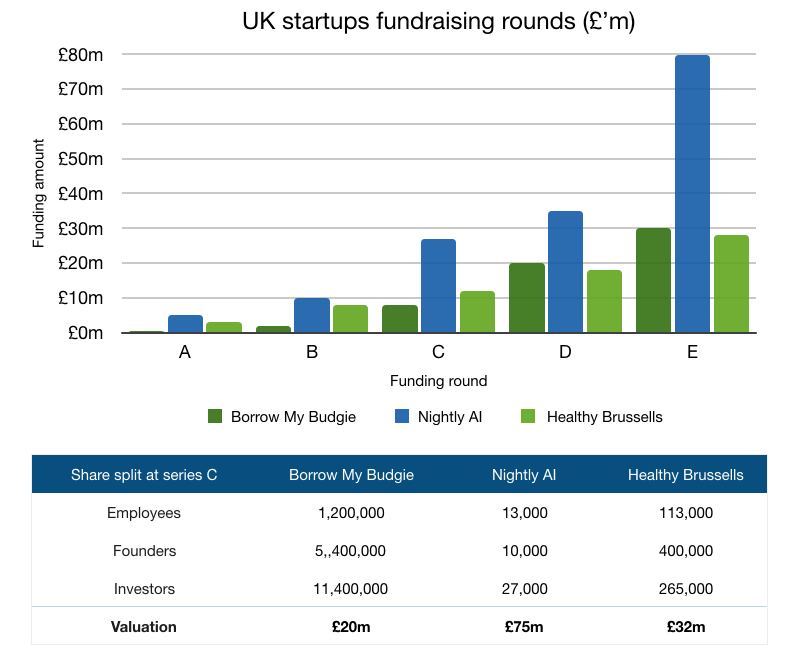Probably the most popular form of online testing is the numerical reasoning format. It tests candidates' ability to consume, digest, and manipulate numbers quickly. Since the 90s employers have used numerical methods to assess candidates as it is a cost-effective way of reducing the applicant pool to a manageable number.
It is also a quick way to gain an indication of whether the candidate has the fundamental skills to be able to do the job. Many entry-level jobs now require a basic level of numerical ability whether it is building spreadsheets or interpreting website traffic, the world is becoming increasingly more data-driven. This is because some of the most successful companies in the world, such as Amazon and Google, have successfully used data to fuel their impressive growth.
Even jobs that are creative at their core are becoming informed by numbers. Graphic designers are creating images with the aim of maximum social media engagement and salesman are tracking the email templates that generate the most replies.









